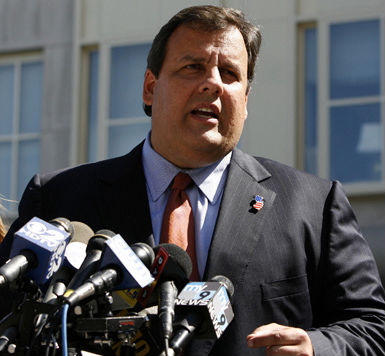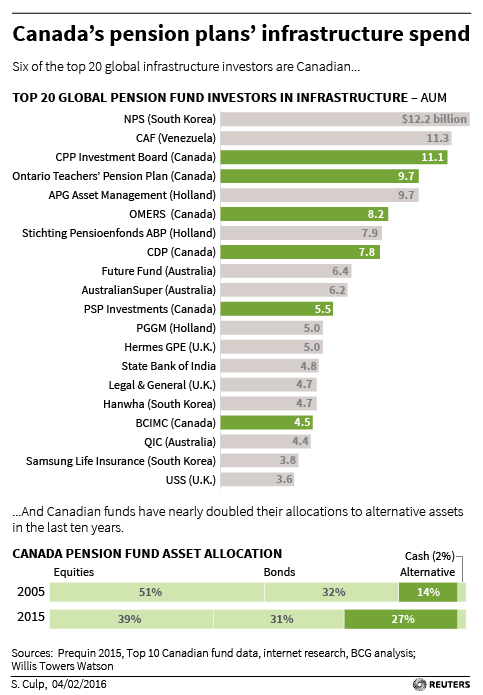In 2001, CalPERS executed a ban on holding tobacco companies in its investment portfolio. It divested from all tobacco holdings, and the pension fund’s portfolio has remained tobacco-free ever since.
In the ensuing 15 years, however, CalPERS has lost out on $3 billion in investment gains as a result of the divestiture, according to a consultant report.
At an upcoming board meeting, trustees will consider whether to get back into tobacco.
More details from P&I:
Members of its investment committee on April 18 are expected to consider a plan that could allow the $291.2 billion system to reinvest in tobacco company stocks and other sectors that had been culled from its portfolio.
The potential reinvestment plan follows a report by CalPERS’ general consultant, Wilshire Associates, Santa Monica, Calif., that said excluding tobacco stocks has cost the retirement system as much as $3.037 billion in combined investment gains between 2001, when the stocks were first removed from the portfolio, and the end of 2014. Like retirement systems nationwide, CalPERS is under growing pressure to capture investment gains as low interest rates bite into returns and an aging population increases demands for benefits.
Reinvesting in tobacco stocks, however, could touch off a firestorm, particularly because Sacramento-based CalPERS also is a major provider of health-care benefits. That could open the retirement system to criticism it is attempting to enhance investment gains while supporting products that endanger its participants.
[…]
“In my mind, in our belief statement and in our California Constitution, our obligation as the investment office is to consider what is in the best fiduciary interests of our beneficiaries,” CalPERS Chief Investment Officer Theodore “Ted” Eliopoulos said.
Wilshire’s analysis of CalPERS’ various divestment initiatives can be seen here.
Photo by Fried Dough via Flickr CC License









